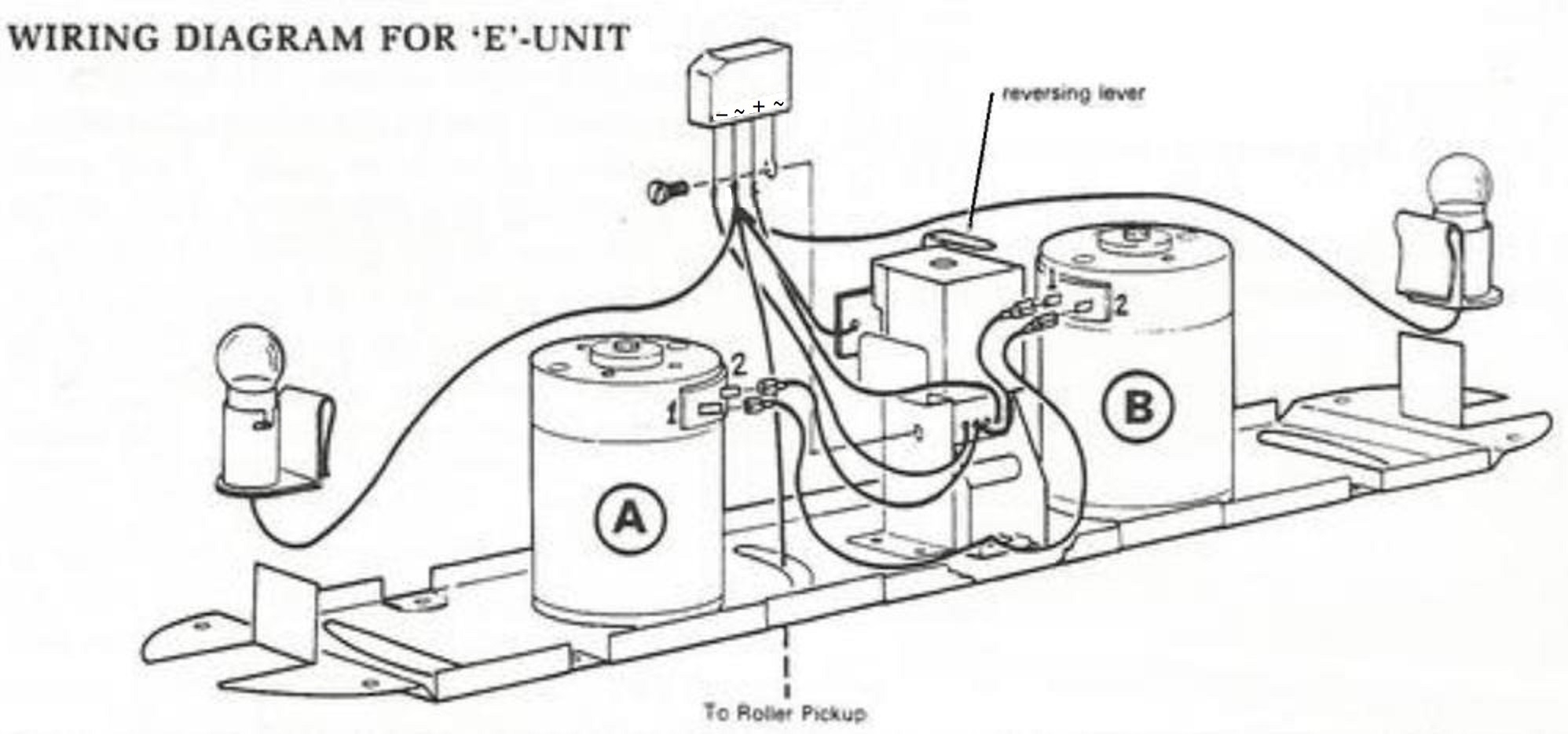Hi,
Just to get something up and running, for the cheapest cost, I am going to use a 50 watt AC transformer, which only has two AC terminals, nothing else. I plan to run the two lines through a Bridge Rectifier at the transformer, and then to the O-27 tracks.
Since the transformer has no reverse switch, I was thinking thinking that I could put a 3-position reverse polarity switch between on lines coming from the rectifier and ending at the track. (Maybe I am using the wrong words, but by 3-position, I mean up, neutral and down, hopefully a toggle type switch.)
Can anyone recommend a switch for this? If there is a free standing box switch, this would be fine, but a switch I would mount on the control panel would be fine too. Looking for an inexpensive, basic, efficient switch, hopefully a Lionel product.
Thanks for all advice.
Mannyrock










